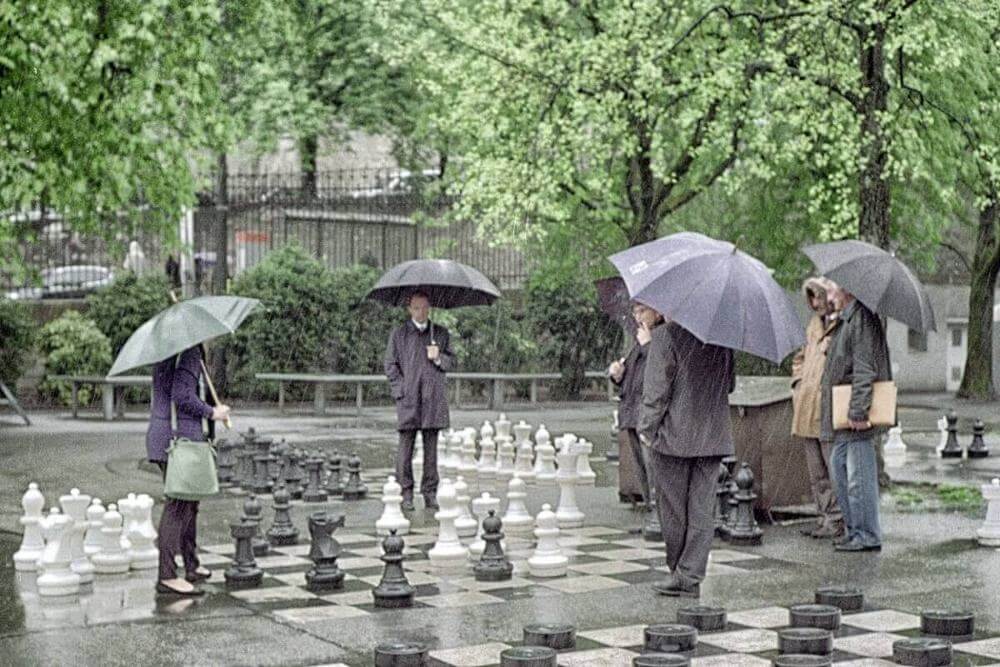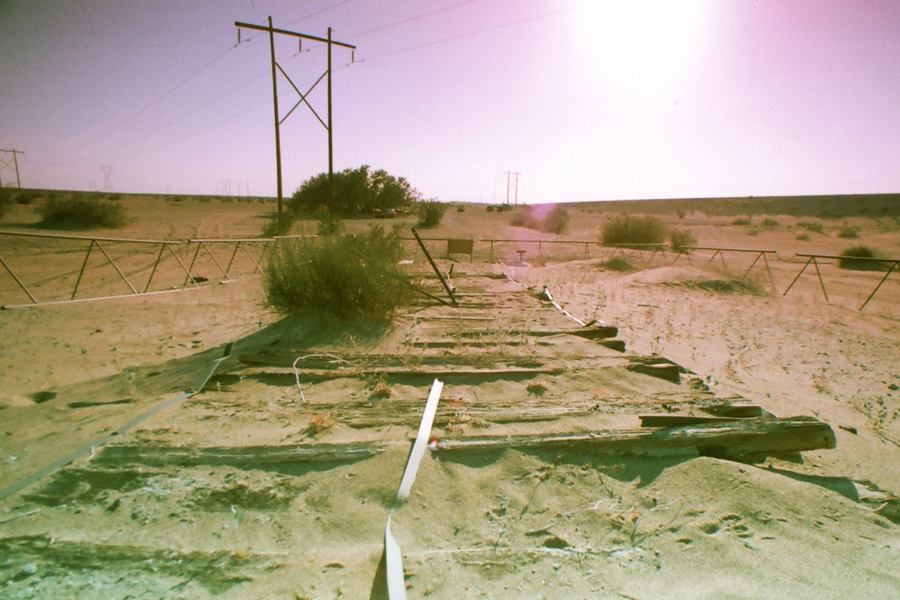Tag: American history
My 50th
March 28th marked the 50th Anniversary of my first step into Army life in Vietnam and the first step out of the life I had always known. Serendipitously, I was having lunch that day with a colleague and friend whom I had known for 25 years but never understood his history with the war. As it turns out, he had an entirely different experience than I did. At 18 years old, he signed up for Read More
Caring Cultures
“Never believe that a few caring people can’t change the world. For, indeed, that’s all who ever have.” —Margaret Mead
I’ve been lucky in my life to be a member of many caring cultures. I felt loved and respected growing up. Strangely enough, my team of co-workers in a jail rehab program …
The Menace of Mendacity
Whoever is careless with the truth in small matters cannot be trusted with important matters. —Albert Einstein There are only two mistakes one can make along the road to truth; not going all the way, and not starting. —Buddha Truth is not a trivial thing. Words matter. Being accurate requires curiosity, diligence, and rigor. I know that everyone has a different idea about what is truth. Much of the debate started when Pontius Pilate asked Read More
Evolution of Consciousness
My wife sometimes accuses me of selective engagement. She says I am much more open to conversation with people whom I find physically attractive, intellectually stimulating, emotionally responsive, or spiritually evolved.
Guilty as charged. As it turns out, the idea of selective engagement goes back 500 million years.
Imagination and Identification
One of my favorite writers is Philip Roth. I loved all of his books, but American Pastoral tops the list. The book seems eerily relevant now. In American Pastoral, Roth follows the life of a successful Jewish businessman and high school star athlete from Newark, New Jersey, whose upper middle class life is ruined by the domestic social and political turmoil of the 1960s when American went “berserk.”
Concepts and Skills
Stephen Ambrose, in his new book describing the construction of the Transcontinental railroad, Nothing Like It In the World, suggests that trains were the primary vehicle for introducing the industrial revolution. He quotes an engineer who said, “where a mule can go, I can make a locomotive go.” The poetry of engineering requires both the imagination to conceive and the skills to execute. We use concepts to frame our imagination, we use skills to build Read More






